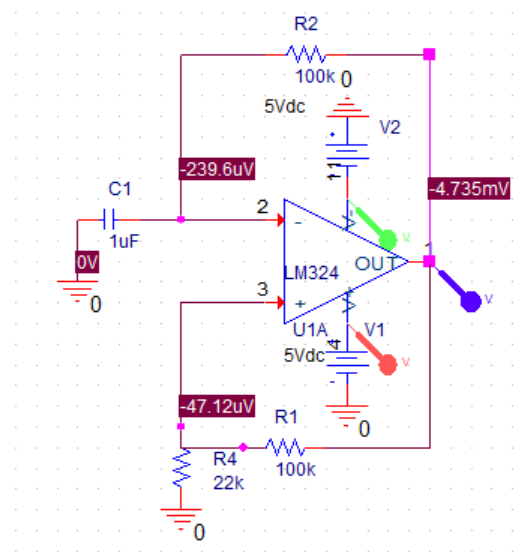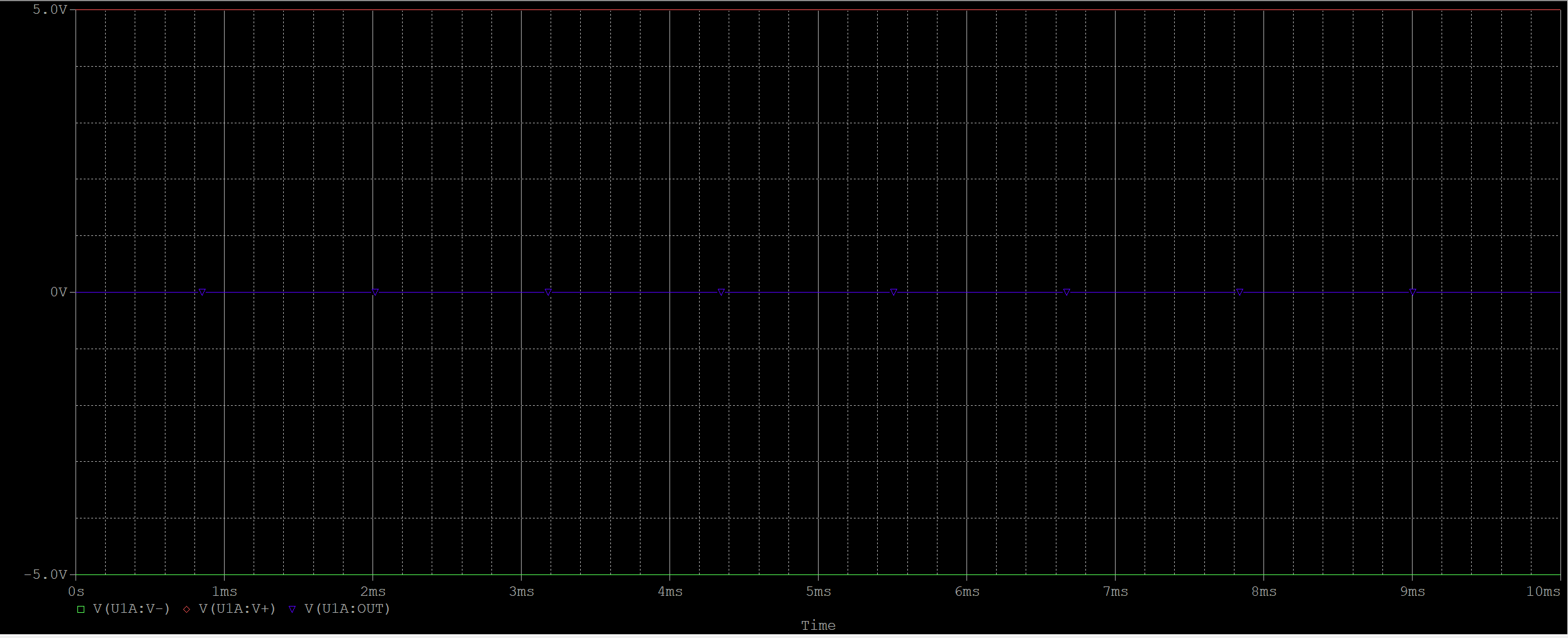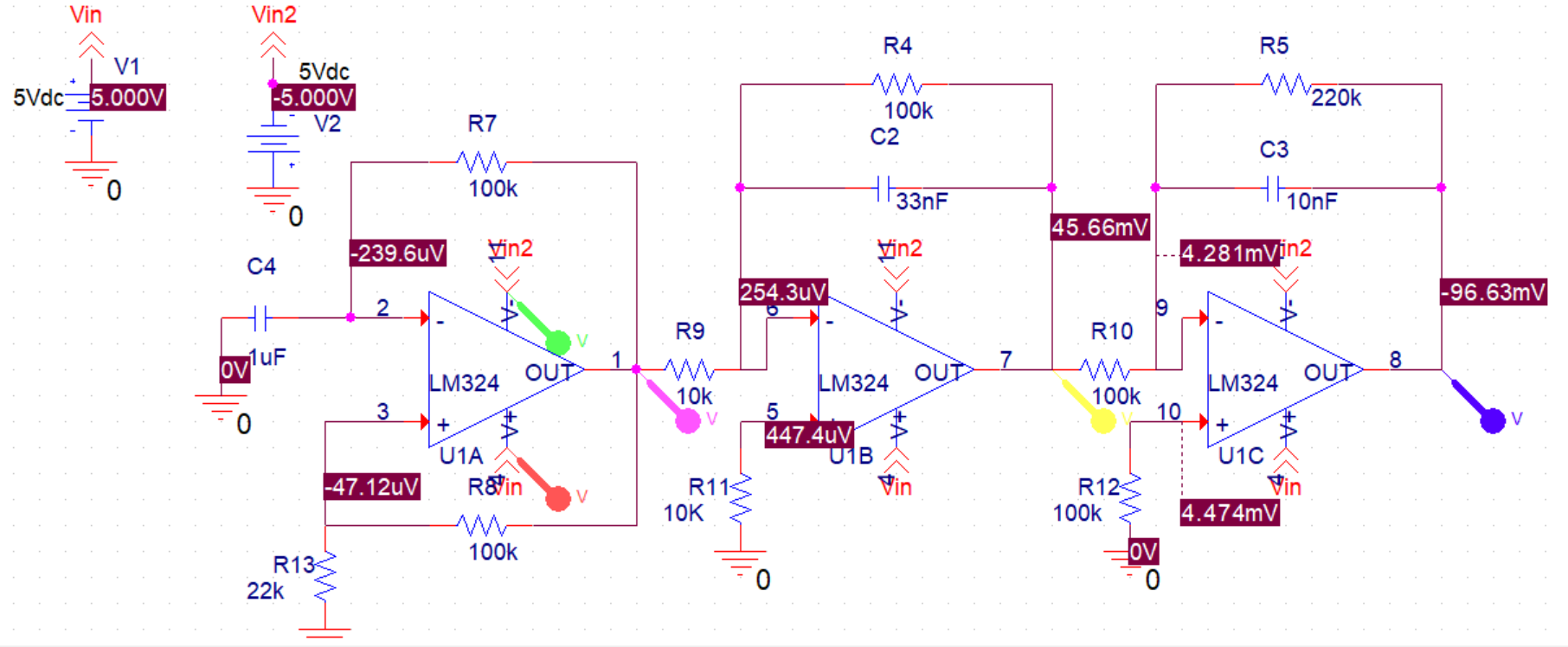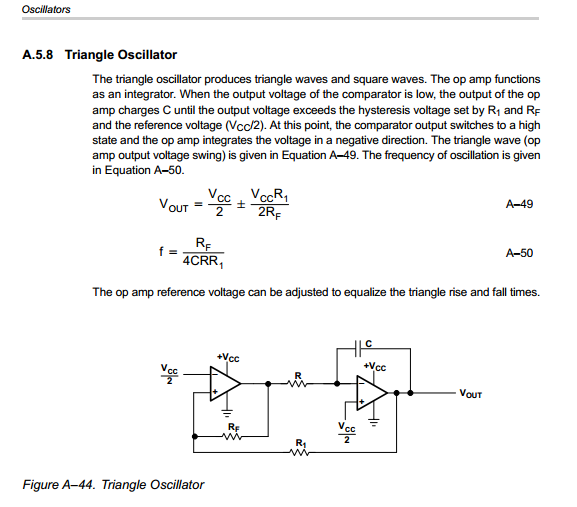I'm trying to make a function generator using three op-amps, specifically the LM324. Right now I'm trying make the first square wave output using a DC input:
My OrCad simulation's output constant comes out as a zero, no matter what I do:
What did I do wrong?
This is the full circuit I am trying to make:
This is my attempt at it. Since my op-amp outputs keep coming out as a 0 I can not seem to produce any wave function at all:
I feel like if I can just get the first op-amp result going then the rest of my op-amps will produce the desired graphs as well. (Unless I'm missing something.)













